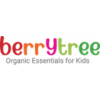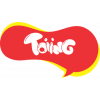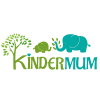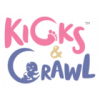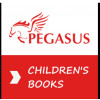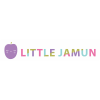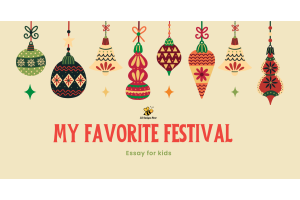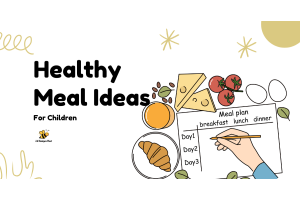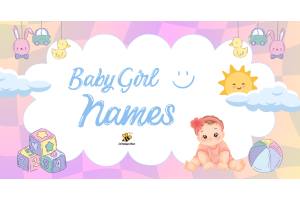50 Opposite Words Every Student Should Know
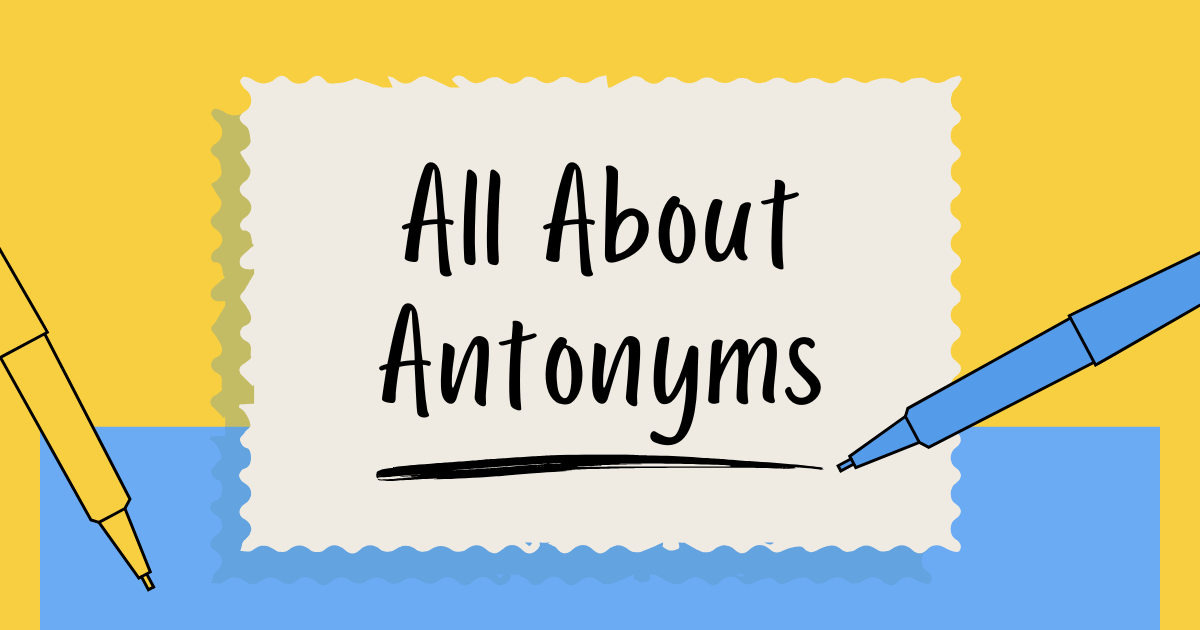
Learning opposite words is a game-changer for students. Whether you’re building a chart of opposite words for your classroom, prepping a fun opposite words spreadsheet, or helping a Class 1 child grasp basic antonyms, this list of 50 opposite words in English has you covered. From the old opposite word (“new”) to everyday pairs like “happy/sad,” this simple guide is designed to make learning engaging and effective.
Why Opposite Words Matter for Students
Opposite words, or antonyms, are more than just vocabulary builders. They teach critical thinking by encouraging students to compare and contrast ideas. For instance, when a Class 1 child learns that “day” is the opposite of “night,” they begin to understand relationships between concepts. This skill translates to better reading comprehension and writing clarity. A chart of opposite words acts like a roadmap, guiding learners through these connections without overwhelming them.
Here’s the ultimate list of 50 opposite words to kickstart your journey:
-
Hot – Cold
-
Big – Small
-
Happy – Sad
-
Old – New
-
Fast – Slow
-
Light – Dark
-
Tall – Short
-
Up – Down
-
Open – Close
-
Full – Empty
-
Hard – Soft
-
Wet – Dry
-
Clean – Dirty
-
Heavy – Light
-
Strong – Weak
-
Loud – Quiet
-
Day – Night
-
Young – Old
-
In – Out
-
Front – Back
-
High – Low
-
Long – Short
-
Thick – Thin
-
Bright – Dull
-
Rich – Poor
-
Sweet – Sour
-
Push – Pull
-
Buy – Sell
-
Start – Finish
-
Laugh – Cry
-
Win – Lose
-
Give – Take
-
Rise – Fall
-
Love – Hate
-
Brave – Cowardly
-
True – False
-
Smooth – Rough
-
Kind – Cruel
-
Fresh – Stale
-
Sharp – Blunt
-
Deep – Shallow
-
Wide – Narrow
-
Inside – Outside
-
Above – Below
-
Forward – Backward
-
Gentle – Rough
-
Healthy – Sick
-
Build – Destroy
-
Question – Answer
-
Peace – War
How to Use This List
-
Create a Chart: Turn these 50 pairs into a chart of opposite words for classroom walls or study rooms.
-
Play Games: Use flashcards for matching activities.
-
Daily Practice: Quiz students with prompts like, “What’s the opposite of ‘bright’?”
Pro Tip: For a tech-friendly version, build an opposite words spreadsheet (add columns for examples or images) to track progress!



